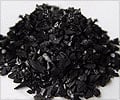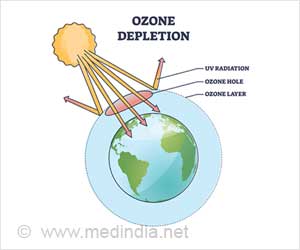The number of hot days in the Mediterranean by the end of the 21st century could show a 200 to 500 percent increase if the current rate of greenhouse gas emissions continue, according
The number of hot days in the Mediterranean by the end of the 21st century could show a 200 to 500 percent increase if the current rate of greenhouse gas emissions continue, according to a joint study by American and Chinese scientists.
France would be subjected to the largest projected increase of high-temperature extremes, the study by researchers from the Purdue University and the International Centre for Theoretical Physics, both US, and the National Climate Centre in Beijing, said."Rare events today, like the 2003 heat wave in Europe, will become much more common as greenhouse gas concentrations increase. The frequency at which that scale of event occurs at high greenhouse gas concentrations is staggering. Rare events become the norm, and the extreme events of the future are unprecedented in their severity," said Noah Diffenbaugh, Purdue assistant professor of earth and atmospheric sciences who led the study.
The study also showed that a reduction in greenhouse gas emissions could reduce the intensification of dangerously hot days projected in the scenario by up to 50 percent.
A 2003 heat wave led to 15,000 deaths in France and almost 3,000 in Italy.
Findings further revealed that global warming caused summer temperatures to dramatically exceed the range that was correlated with the increased number of deaths.
"The thresholds of the 2003 event are substantially exceeded in the future in both of our research scenarios. This research is about understanding the response to different emissions levels," said Diffenbaugh, who is also a member of Purdue's Climate Change Research Center.
Advertisement
The study covered the entire Mediterranean area, and included 21 countries in Europe, Africa and Asia. Major cities covered in the study included: Prague, Zurich, Bucharest, Athens, Istanbul, Tel Aviv, Cairo, Algiers and Casablanca.
Advertisement
Source-ANI
MED/S








